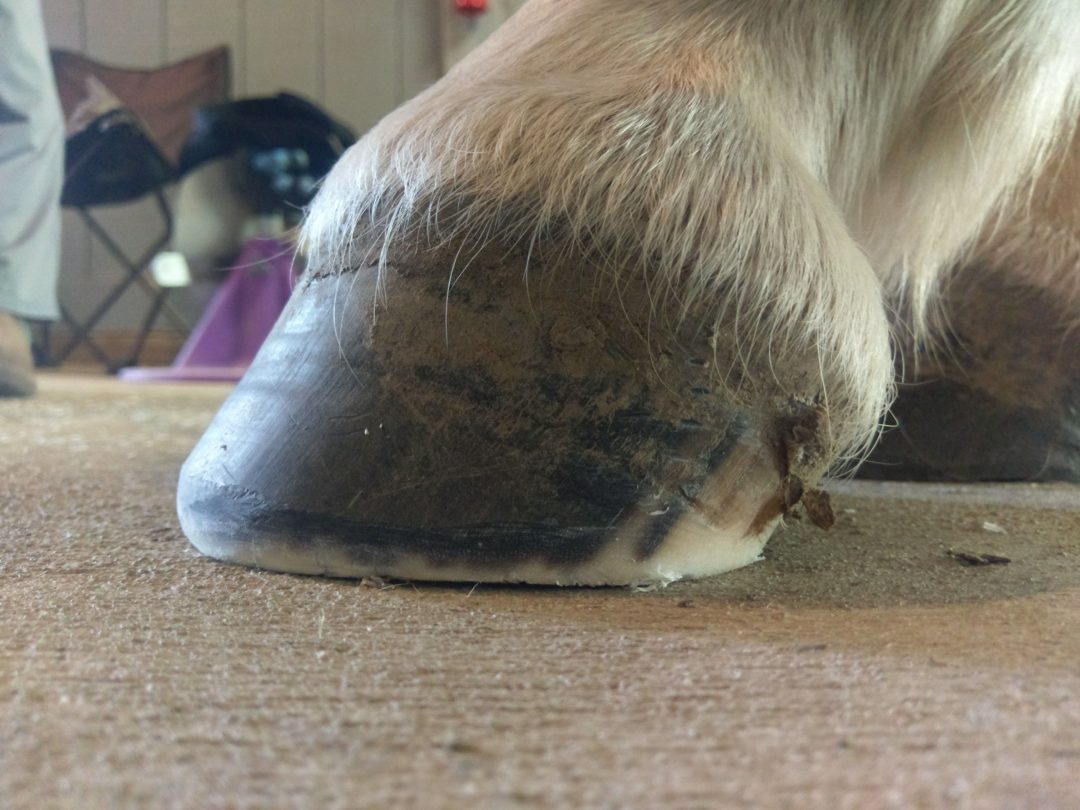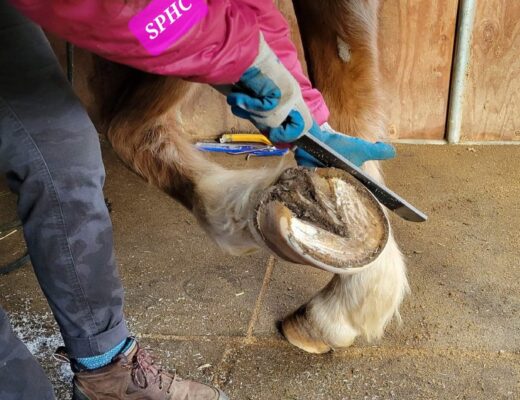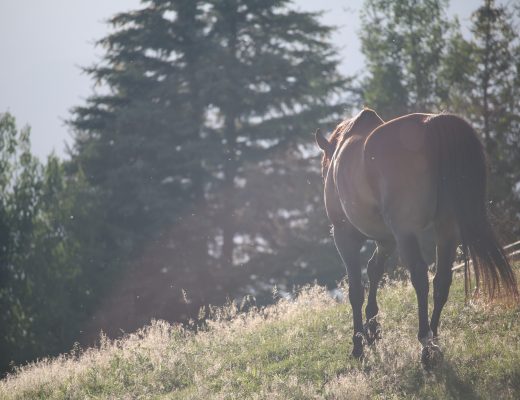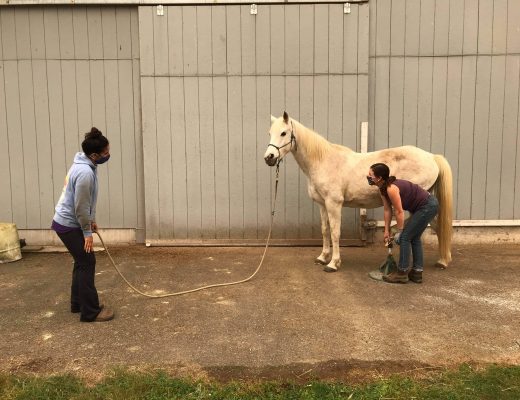In all the places I have trimmed (Illinois, Virginia, North Carolina, and Washington), it seems to be pretty common for farriers to charge less for trims than barefoot trimmers. I’ve seen farriers charging as low as $25 for a trim, with the normal range being more like $30-40/trim. Most barefoot trimmers I know charge $50-60 a trim. It’s easy to make the argument that being barefoot is cheaper than paying for new shoes every 6 weeks, even if you have to make the investment into boots. But how come barefoot trimmers charge more than farriers, usually, for a trim?
I can’t speak for anyone else but myself, but I’ll share a few reasons why I charge more than $30-40/trim.
In my experience, most farriers I have personally seen work tend to trim to prepare a foot for a shoe, even if they’re trimming a horse who does not wear shoes. Trimming a foot for a shoe is different than trimming a foot to meet the ground. Some farriers can do great trims, and some do not (much like barefoot trimmers!).
Barefoot trimmers are usually called when an owner wants to take their horse out of shoes or is unhappy with their current trim. Every barefoot trimmer I know is actively involved in helping a horse through the rehab process of healing from damage from shoes, neglect, or incorrect trimming. Most barefoot trimmers are also a great resource for advice on thrush treatment, diet and nutrition, and other lifestyle suggestions. This is a different skill set than knowing how to shoe a horse. Some barefoot trimmers do shoe, and lots of farriers know about what’s best for horses to eat. But in general, your relationship with your hoofcare provider is about more than just your horse’s feet.
If you’re taking the brave step to pull your horse’s shoes and try barefoot, you will want to work with someone who has done that before with success. Too many owners watch their horse limp around for two weeks and then decide to put shoes back on.
Why do barefoot trimmers trim on a shorter cycle?
Another question people have asked is why most barefoot trimmers trim on a shorter schedule? It’s normal for a horse to go 6-8 weeks before being reshod, so 4 weeks feels like a much shorter trim cycle. Again, most barefoot trimmers are working with horses who have damaged feet for a variety of reasons. Shorter trim cycles help keep your horse as comfortable as possible while maximizing the ability for their feet to heal. Sometimes you cannot make enough progress trimming every 6 weeks, depending on what you’re dealing with. I’ve trimmed horses every 2-3 weeks if they needed it, for a season. Some horses can go longer in the winter if they’re not growing as much and aren’t dealing with any serious imbalances. Other horses should stay on the same schedule year round.
If you’re considering switching from a farrier to a barefoot trimmer, here are some things to consider:
- There are lots of different farriers and lots of different barefoot trimmers. If you have a bad experience with one, don’t write the rest off.
- If you want to transition your horse from shoes to barefoot, I recommend finding a trustworthy barefoot trimmer in your area. They are skilled in the rehabilitation process and they definitely know how to trim a foot to meet the ground. It is entirely possible that your current farrier could successfully transition your horse to be sound barefoot. If you have a good relationship with them, go for it! If weeks or months go by, and you’re tempted to put shoes back on because your horse is still sore, get a second opinion from a barefoot trimmer.
- Going barefoot means more than just taking the shoes off – you may need to adjust your horse’s exercise, turnout schedule, diet, and invest in some hoof boots – you’ll want someone alongside you who is committed to the end goal, which is a sound and healthy barefoot horse.
One Last Thought
I read an article the other day by a farrier who estimated how much it costs him to shoe one horse. Surprise, it was a higher amount than what he charged! We farriers and trimmers work hard for our money, and most of our earnings go right back into our business for gas, vehicle maintenance, tools, and hopefully the occasional chiropractic adjustment so our bodies can keep up with the labor. When barefoot trimmers suggest a shorter trim cycle then you’re used to, we’re not trying to make money off of you – we’re just exploring options to keep your horse progressing towards better soundness. When someone contacts me and says “Wow, you charge $20 more than my farrier, no thanks!” I just have to shrug and wait for the right clients to come along. My work is worth what I charge, and I have the horse’s best interest at heart.
If you are in the Greater Seattle area and would like to contact me to schedule an appointment, fill out my contact form.





No Comments